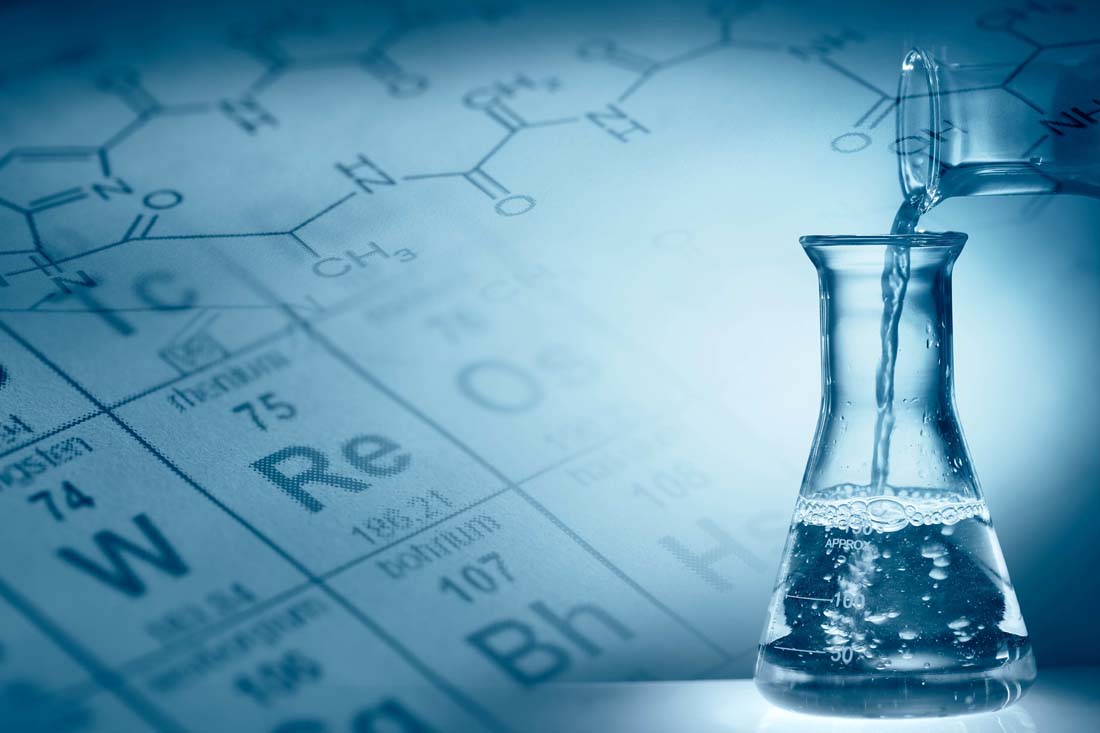Shenzhen BIOCBD Biotechnology Co., Ltd.

Focus on Wechat Public Number
More information available

Focus on Wechat Public Number
More information available

Focus on Wechat Public Number
More information available

Focus on Wechat Public Number
More information available

Focus on Wechat Public Number
More information available

Focus on Wechat Public Number
More information available

Focus on Wechat Public Number
More information available
It is committed to the multi-field development of biological detection technology for life research

Protein expression, also known as recombinant protein expression, means that the target protein is recombined and cloned into a vector, then imported into a recipient cell or a cell-free system, and finally expressed as protein in a heterogeneous system. Protein expression is adopted to settle problems that cannot be easily settled by natural proteins. In the 1970s, protein expression was firstly created for heterologous genes. Up to now, there are thousands of recombinant proteins that are successfully expressed, which greatly facilitates rapid development of biotechnology and progress in bio-medicine research and industry.
Through protein expression, protein that cannot be extracted from natural sources is firstly obtained; secondly, protein expression products in big batches and high purity are beneficial for target protein analysis and substantial reduction of the corresponding cost. More importantly, bio-safety is rather high under the circumstance that a recombinant protein is selected to express host cells. In this way, potential bio-safety risks in some hosts are prevented.
The protein expression system is generally classified as follows:
1. Prokaryotic expression system: As the most common protein expression system, escherichia coli has certain advantages such as a clear genetic background, ease of reproduction, low cost and high expression quantity. Due to lack of a post-translation modification mechanism, it is inapplicable to protein expressions that require glycosylation or artificial genomic loci modification, etc., but applicable to protein expressions with relative molecular weight below 100k and post-translational modification without influence on structures or functions. In addition, bacillus subtilis can be also used for protein expressions. Thanks to its merits of strong secretory expression capability and low proteinase activity, etc., it attracts more and more attention gradually.
2.Eukaryotic expression system: It is more similar to natural activity of eukaryotic proteins, post-translational modification such as glycosylation is implemented to diverse extents. Primarily, it consists of a yeast expression system (e.g., pichia pastoris and saccharomyces cerevisiae). Considering that yeast possessing advantages of prokaryotic and eukaryotic host cells is suitable for high-density fermentation and post-translational modification, it is also a kind of good protein expression system. In addition, it also consists of an insect cell expression system and a mammalian cell expression system. As for the former, exogenous genes are expressed by baculovirus vector induced insect cell transfection. It is a high expression system of eukaryotic proteins, applicable to proteins (e.g., membrane protein, protein with high molecular weight and protein kinase). In terms of the latter, its translational modification efficiency of mammalian cells is far greater than that of yeast or insect cell systems, etc.; besides, structures and functions of mammalian cells are more similar to those of natural eukaryotic proteins. However, there are still certain defects, such as a low expression quantity and a high cost.
3. Cell-free expression system: The target protein can be directly expressed from plasmid and PCR products; and, the expression system is a cell-free extract, derived from escherichia coli, wheat germ and rabbit reticulocyte, etc.. Although such a system, featured with high throughput and automation, is capable of expressing products that cannot be easily expressed by other systems, it still has some defects such as a low expression quantity and a high cost.
Major methods include gene segment cloning, import into an expression system, inducible expressions and product purification and analysis.